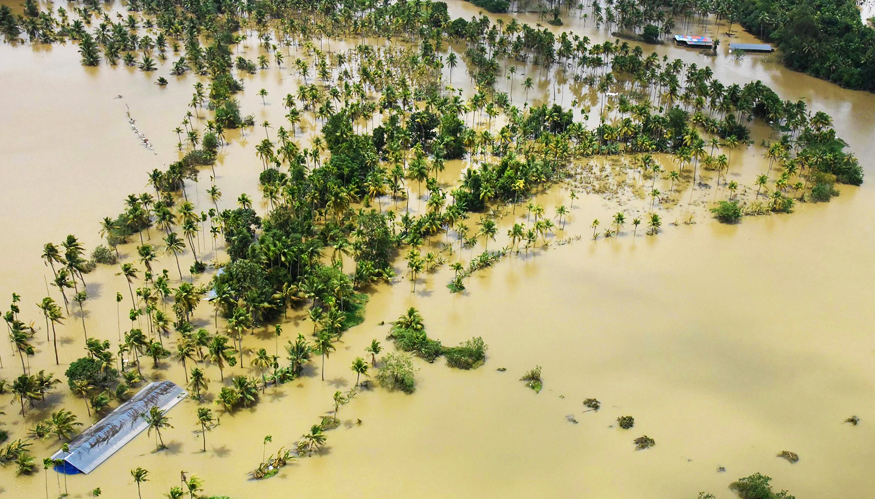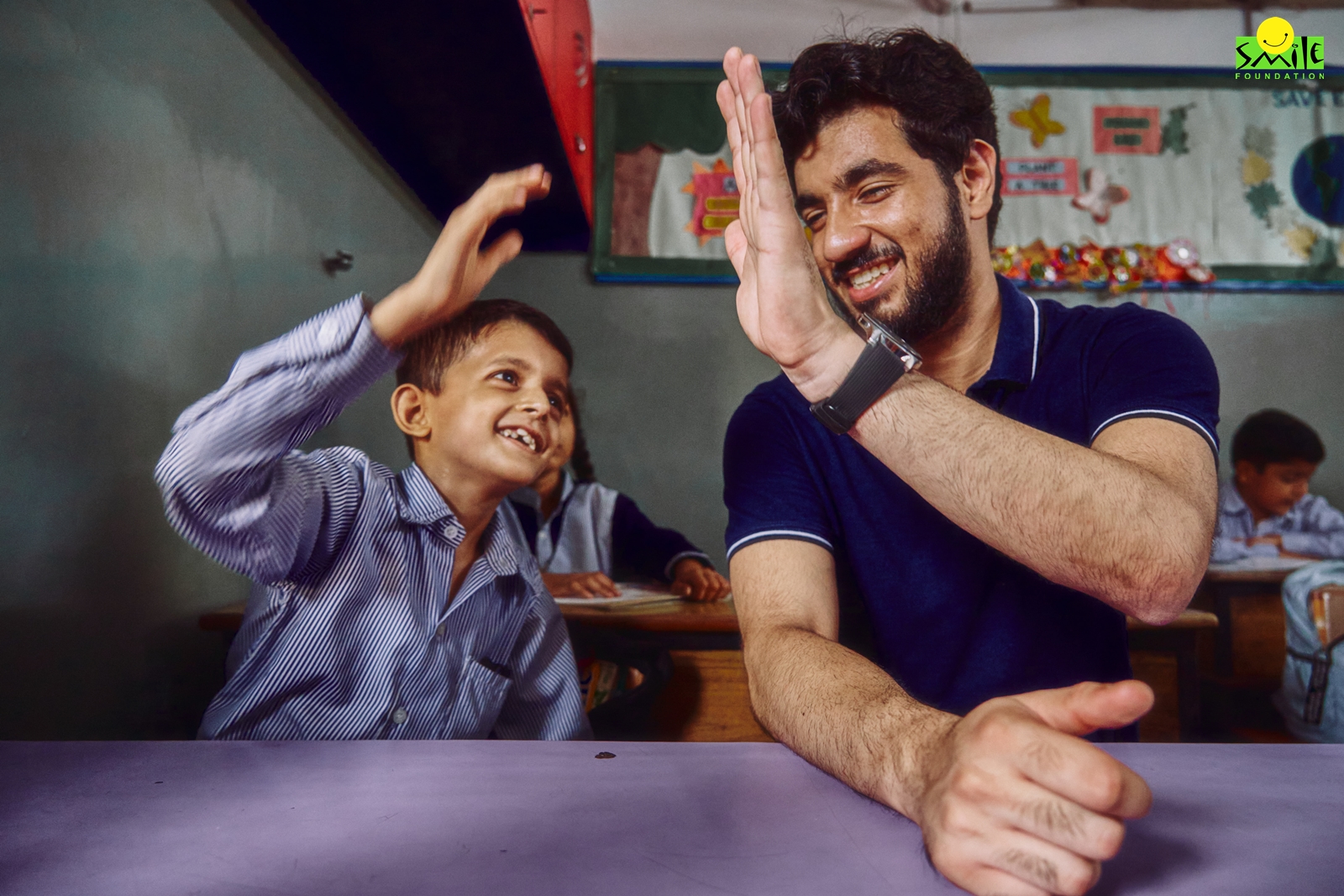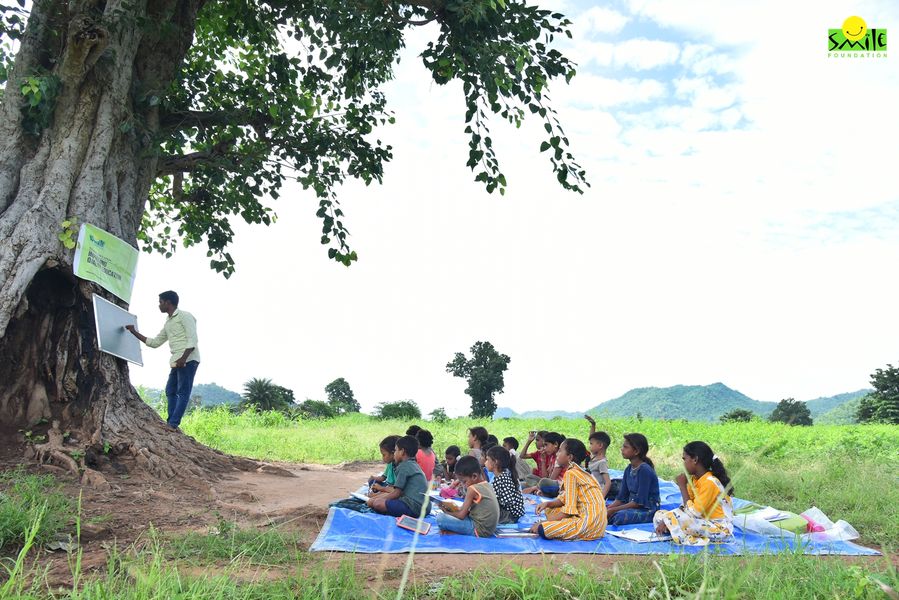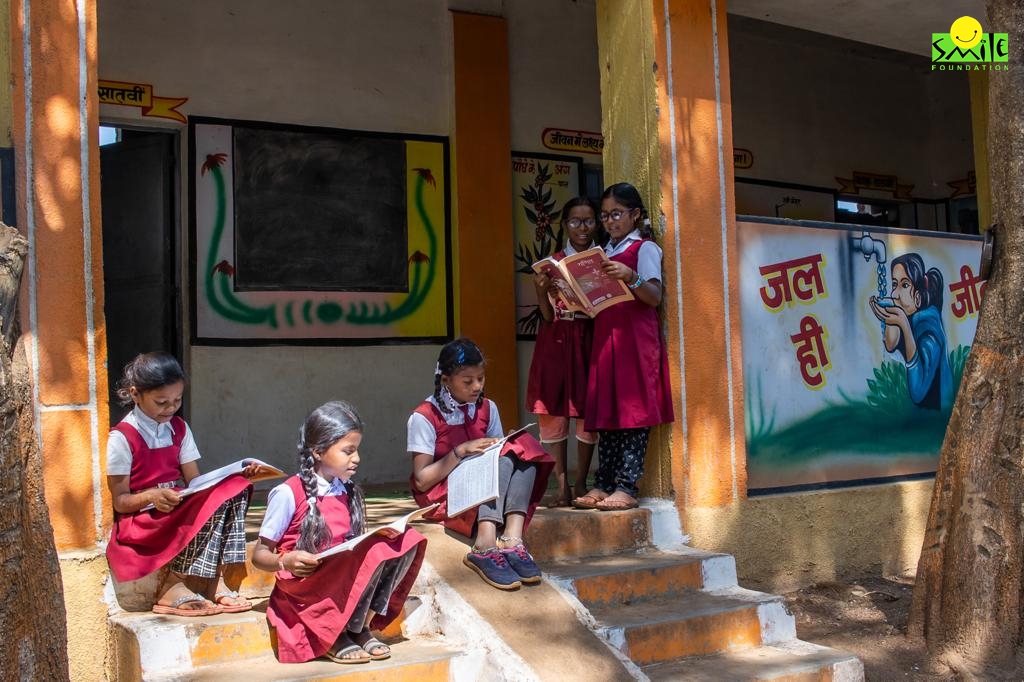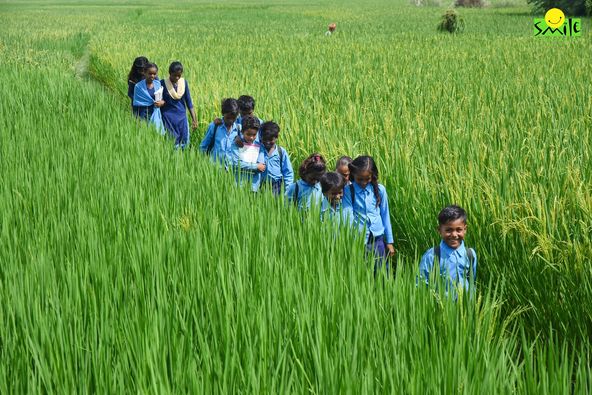It is only a knock on the door that prepares one for the events that would follow. But disasters haven’t been so kind to us, least of all the floods that crippled Kerala over the past few weeks. Waters barged through houses, inundated the roads, and left people helpless. People were stuck on rooftops waiting for assistance, hoping and praying for the skies to clear. Paralysed by the shock of the rate at which events were transpiring, they looked on, watching the deluge take away their physical goods and wash away their hopes and dreams. Carefully constructed lives built through years of work slipped right through their fingers.
This has been the worst flooding that the people of Kerala have seen in living memory, continuous rainfall over the weeks since June was enough to stall the state machinery. Lives reached a standstill, except for the rivers that overflowed. The amount of water flowing into the rivers forced the open the sluice gates of all 34 Dams. Over 8 lakh people have been shifted to 3,500 relief camps. The loss of 19,000 Crores[1] is a superficial estimation of the damage that has been done; furthermore this has just been a preliminary assessment. Such a colossal disaster overwhelmed the State Government and the local volunteers, they were cut off for days from places where they were required to provide relief.
A total of 11 out of the 14 districts of Kerala have been majorly affected and five of them – Ernakulam, Pathanamthitta, Thrissur, Idukki and Alapuzha had been rendered completely incapacitated. The relief operations which gained a new momentum when the rains subsided last Sunday, the operations are still focused on rescuing marooned survivors and air dropping supplies to them. Even as late as Sunday two districts were still under red alert. According to Thomas Isaac, Kerala’s Finance Minister, “About one – third of the roads have been completely damaged”[2]. The cost repair would be astronomical proportions. The consistent pace, at which the communication lines have been developing, has been pushed back a couple of decades. “In addition to which about 1, 00,000 houses would have to be rebuilt” the large amount of plastic waste, “which was largely comprised of water bottles that have been provided in aid packages and have been washed away by the flood waters would need to be cleared” are also aspects that would have to be tackled both at the level of the state as well as that of the community.[3]
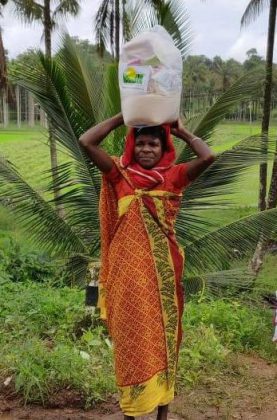 Such devastating news in terms of numbers and figures, though weighs on the minds of policy makers and rehabilitation groups, the role of qualitative stories and realities cannot be ignored. The depth of the damage caused by the deluge though has been calculated also needs to be reviewed in terms of the waves of emotion that battered the minds of people. Lives were carefully constructed according to their surroundings. Kaila had taken for granted, both her house and her environment. She had built her life around them; her economic, social and cultural realities were rooted in her environment. Disaster first struck when she lost her husband five years earlier. She hadn’t prepared for such an eventuality. When the rains first struck it seemed as harmless as every shower that would be a part of her life for monsoon every year of her life. Then came the landslide, demolishing her house and razing it to the very ground she would walk on everyday as she would go to collect wood. There was this thin sliver of hope that she could rebuild. That somehow she would be able to make her life whole again. The water washed away such dreams, made them unrealistic goals that she would not be able to achieve. All the wood that she was to collect was unusable. Drenched, lost and desolate she found assistance in the volunteers from Smile Foundation. She found support and solace amongst the people who were dealing with the same disastrous consequences. She saw her life of five decades crumble down, believing that she had lost all hope. It sparked in the midst of survivors, it lit up in the dark times that she was trapped in, and it burned to renew the flame that had helped her tide over her troubles.
Such devastating news in terms of numbers and figures, though weighs on the minds of policy makers and rehabilitation groups, the role of qualitative stories and realities cannot be ignored. The depth of the damage caused by the deluge though has been calculated also needs to be reviewed in terms of the waves of emotion that battered the minds of people. Lives were carefully constructed according to their surroundings. Kaila had taken for granted, both her house and her environment. She had built her life around them; her economic, social and cultural realities were rooted in her environment. Disaster first struck when she lost her husband five years earlier. She hadn’t prepared for such an eventuality. When the rains first struck it seemed as harmless as every shower that would be a part of her life for monsoon every year of her life. Then came the landslide, demolishing her house and razing it to the very ground she would walk on everyday as she would go to collect wood. There was this thin sliver of hope that she could rebuild. That somehow she would be able to make her life whole again. The water washed away such dreams, made them unrealistic goals that she would not be able to achieve. All the wood that she was to collect was unusable. Drenched, lost and desolate she found assistance in the volunteers from Smile Foundation. She found support and solace amongst the people who were dealing with the same disastrous consequences. She saw her life of five decades crumble down, believing that she had lost all hope. It sparked in the midst of survivors, it lit up in the dark times that she was trapped in, and it burned to renew the flame that had helped her tide over her troubles.
The deluge didn’t spare, it didn’t select and choose it massacred every single living creature who was caught up in it. Not much unlike the malignant cancer that Omana was suffering from. Grabbing at the threads that bound her life together her life was torn asunder by the flood. Till the flood she was supported by her husband, who used to drive an auto-rickshaw. Stuck in a relief camp for 13 days, she and her family were left wondering at the state of their house. They were unsure of what they would return to, what they returned to left them mollified. The auto-rickshaw was not just a means to earn livelihood for her husband, but it was what made living possible for them as a family. The same auto-rickshaw was damaged beyond repair by the floods; it was the one that made living possible for them. Clutching at strands that abruptly dissolved in the water, new bonds were formed. Bonds that stretched across geographical regions, bonds that were based on emotional realities, bonds that reformed the way she looked at life. This paved a way that was lined with hope and made her realize a newer life for them.
The strength of the community has built new structures. They have ratified the eternal bonds that bind the whole of humanity together. It is without doubt that, every reality has cemented those ephemeral strands that were considered to be lost. We know that hope will be renewed; we know that people will start dreaming again, we know that boundless nature of mankind will shine through.
Bibliography
Edit, T. (2018, 8 20). Kerala’s sorrow: State’s plight is a warning to prepare for natural calamities and review vulnerabilities. Retrieved 8 22, 2018, from The Times of India Blogs: https://blogs.timesofindia.indiatimes.com/toi-editorials/keralas-sorrow-states-plight-is-a-warning-to-prepare-for-natural-calamities-and-review-vulnerabilities/
News, A. J. (2018, 8 20). ‘Huge disaster’: Deadly Kerala floods displace over 800,000. Retrieved 8 22, 2018, from Al Jazeera: https://www.aljazeera.com/news/2018/08/disaster-deadly-kerala-floods-displace-800000-180819142342769.html
Tyagi, A. (2018, 8 22). Kochi airport suffers Rs 250 crore damage in Kerala floods, massive repair work on. India Today . Kochi, Kerala, India: India Today.
Varma, V. (2018, 8 22). Kerala floods: Before help came, Malayalees forgot differences to help each other like never before. The Indian Express . Kochi, Kerala , India: The Indian Express.
[1] (Edit, 2018)
[2] (News, 2018)
[3] (News, 2018)



